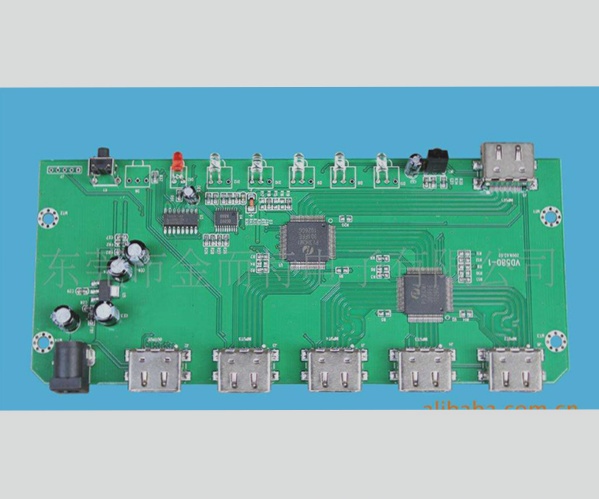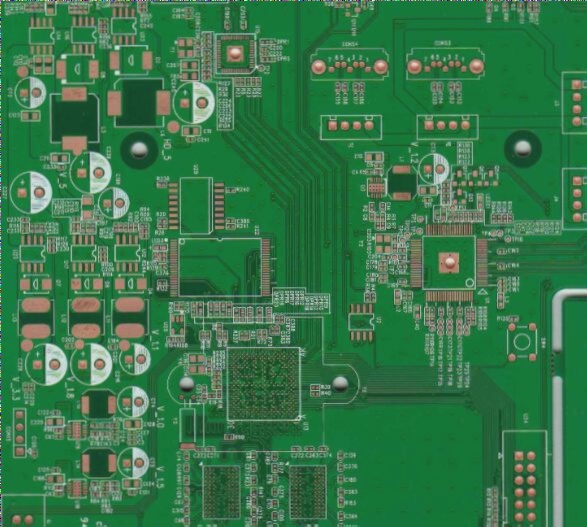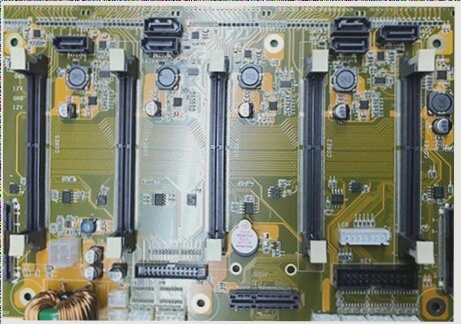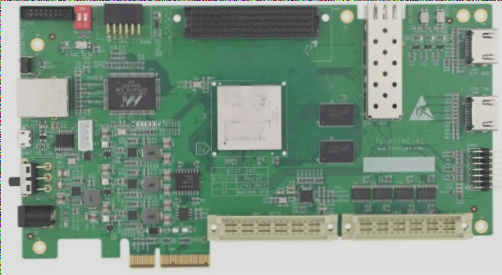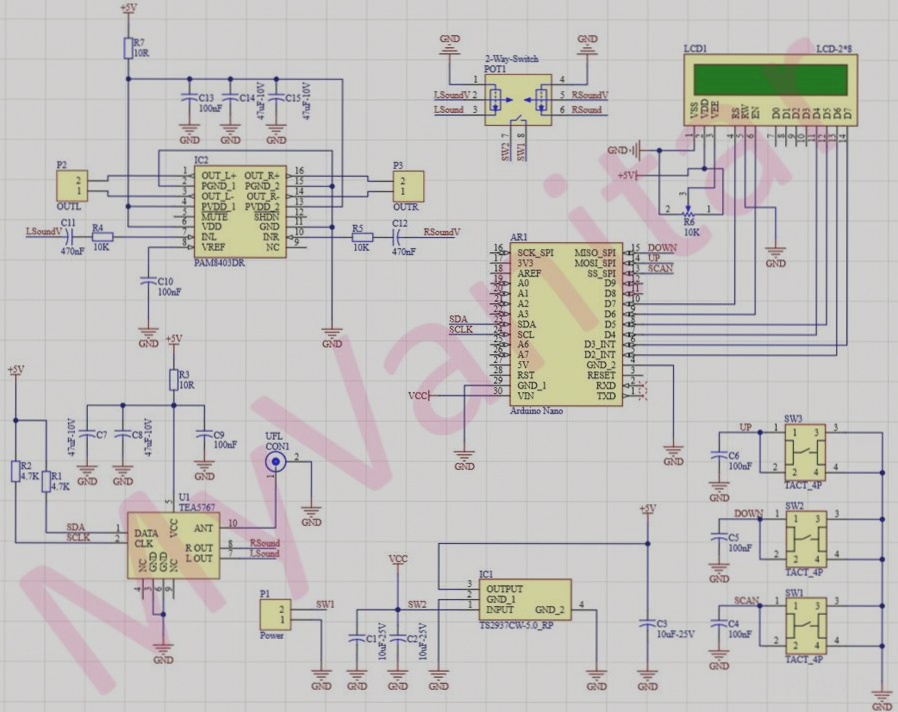PCBA Processing Procedure and Key Precautions
- PCBA processing begins with generating process and coordination files from provided Gerber files and BOMs.
- Materials are prepared meticulously before production to ensure adherence to specifications.
- Staff must wear anti-static gloves, and proper organization of PCBA substrates is crucial to prevent damage.
PCBA Processing Flow
- Creation of process files and SMT coordinate files based on customer’s data.
- Verification of materials, order compilation, and PMC production plan confirmation.
- Execution of SMT programming and initial board production for accuracy verification.
- Utilization of SMT methods for laser-cut steel meshes creation.
- Ensuring uniform and appropriate solder paste printing for consistency.
- Component mounting using SMT placement machine with online AOI inspection.
- Establishment of optimal reflow soldering furnace temperature curve for effective soldering.
- IPQC inspection to meet processing technology requirements.
- DIP plug-in process with wave soldering for connections.
- Post-furnace processes including lead trimming, inspections, and surface cleaning.
- Comprehensive QA testing to guarantee processing quality.
PCBA Processing Precautions
- Warehouse personnel should wear anti-static gloves and ground work surfaces during material distribution and IQC testing.
- Utilize anti-static work surfaces and containers for components and products storage.
- Repair any misalignment of plug-in components after the soldering process.
- Exercise caution to avoid excessive solder usage during PCBA soldering to prevent short circuits.
- Properly organize PCBA substrates and use electrostatic bags for stacking to prevent damage.
